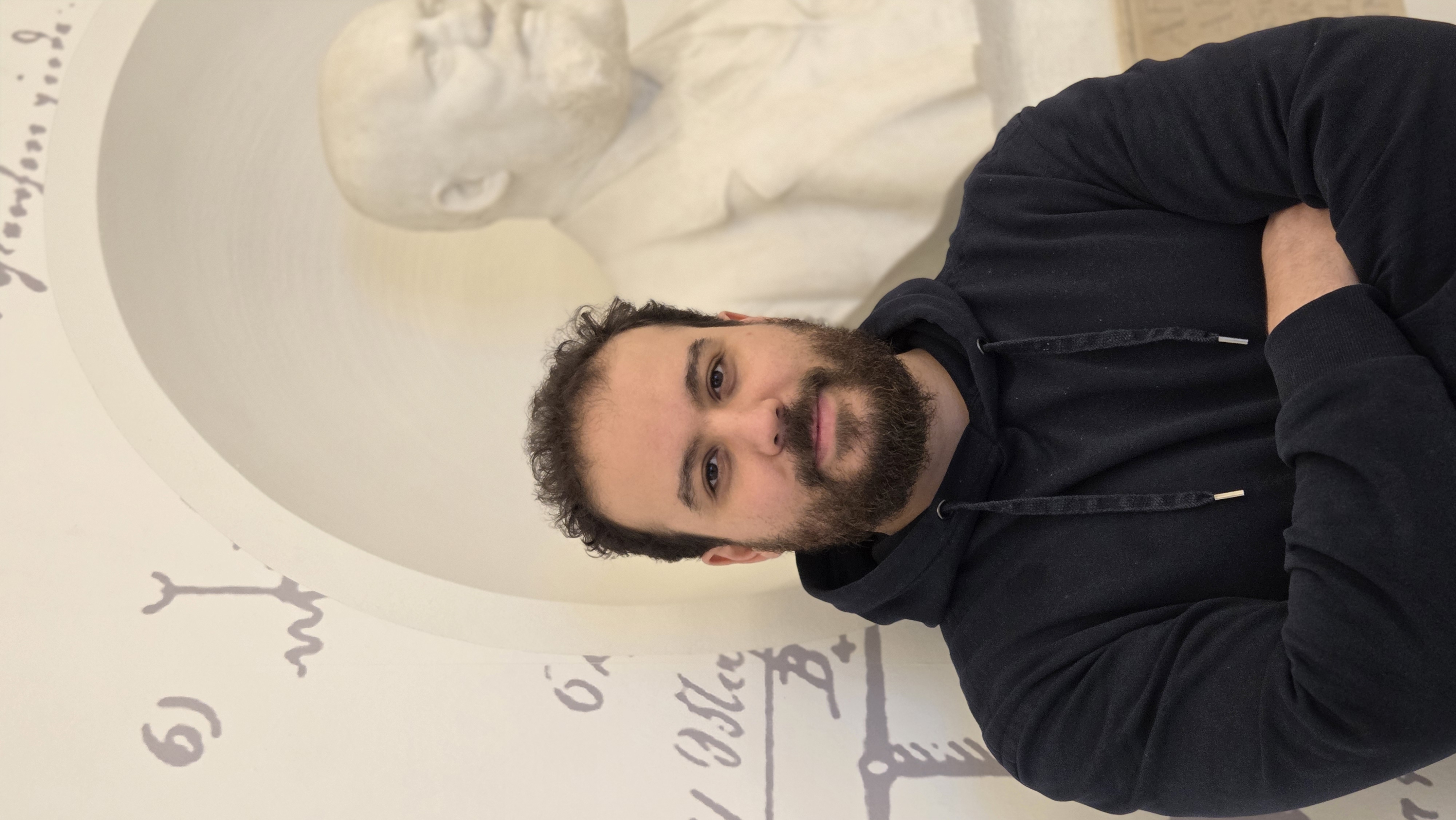Plasticity of metallic glasses dictated by their state at the fragile-to-strong transition temperature
Published:
Abstract
The effect of cooling on the plasticity of glasses in general, and bulk metallic glasses (BMGs) in particular, is usually studied with continuously varying cooling rates; slower cooling rates lead to stiffer, harder, and more brittle glasses than higher cooling rates. These protocols obscure any potential discontinuity that a glass might experience, depending on whether its microstructure resembles that of a fragile or a strong glass-forming liquid. Here, we use large-scale molecular dynamics to simulate the nanoindentation behavior of model BMGs (Zr0.6Cu0.3Al0.1) obtained by rapidly quenching equilibrium melts from temperatures above and below the fragile-to-strong transition temperature T_fst, leading to fragile and strong glasses, respectively. While the contact modulus deduced from the indentation simulation evolves smoothly with the temperature T_q from which the equilibrium melt is quenched, the plastic response changes quasi-discontinuously as T_q passes through T_fst. In particular, strong glasses develop highly asymmetric flow profiles with mature shear bands, unlike fragile glasses. Differences are most evident in the von Mises strain localization parameter, which, after shear-band formation, takes similar values for all fragile samples and distinct values for strong samples. Moreover, seemingly erratic flow profiles for our indentation geometry produced surprisingly reproducible and, thus, deterministic features. It remains to be determined to what extent other classes of glass formers follow our observation that plastic behavior is significantly influenced by whether the melt is fragile or strong when it falls out of equilibrium during cooling.
Recommended citation: Atila, Sukhomlinov, Honecker, Müser. "Plasticity of metallic glasses dictated by their state at the fragile-to-strong transition temperature." Acta Materialia. 286().
Download Paper
